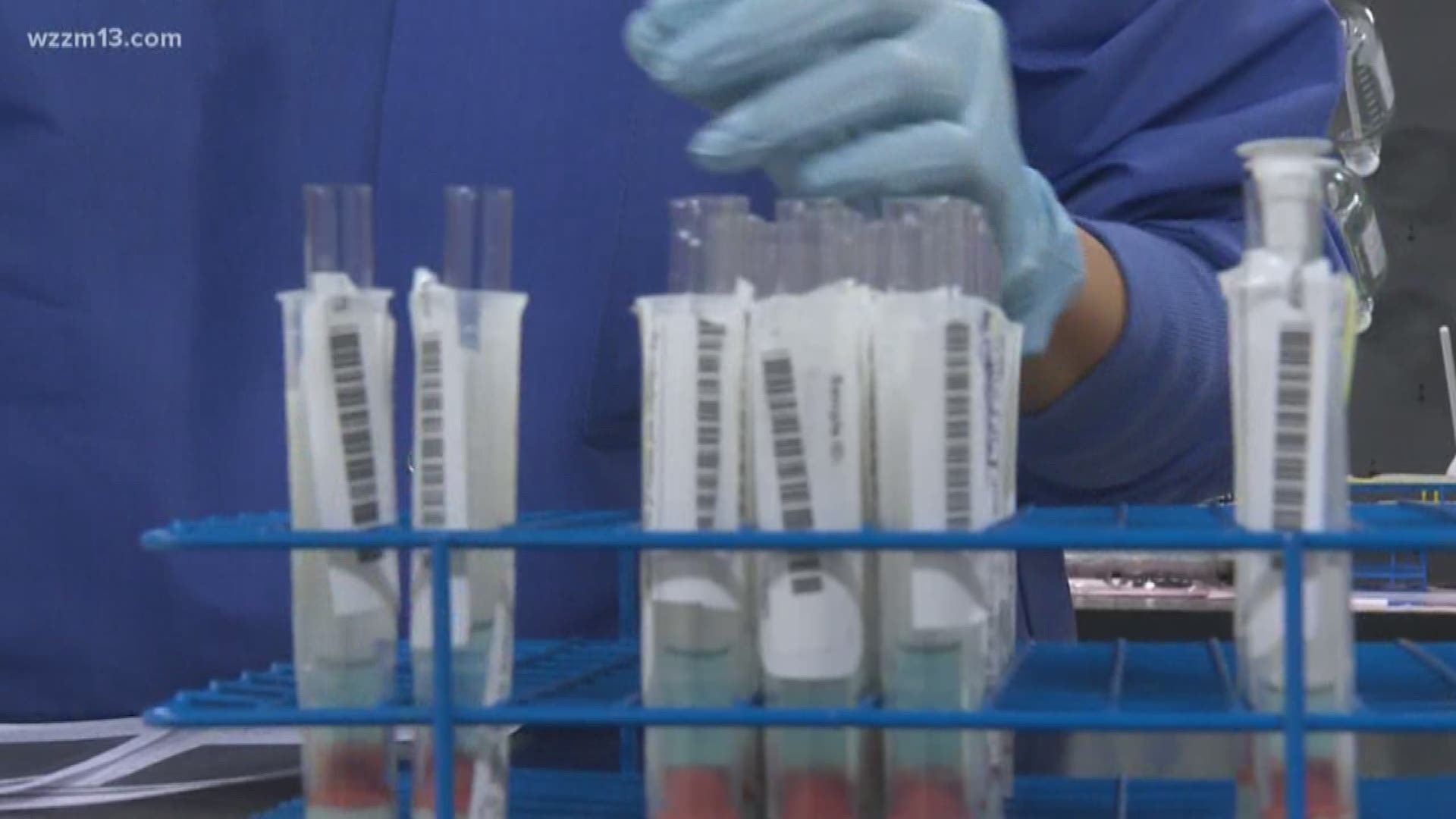KALAMAZOO, Mich. – The head of a Kalamazoo lab that tests saliva taken from suspected drugged drivers says marijuana is the most prevalent substance detected.
“Marijuana is the number one drug we see in people,’’ said Bridget Lorenz Lemberg, lab director and toxicologist at Forensic Fluids Laboratories in Kalamazoo.
Five Michigan counties, including Kent County, last November began the oral fluid roadside drug testing program established by the Michigan State Police. The year-long pilot program is set to end next week.
Michigan State Police say it could take a few months for results to be tabulated and presented to state lawmakers.
But anecdotally, Lemberg said marijuana tops the list among the 100 or so tests conducted by her Kalamazoo business, which she started in 2005.
State lawmakers in 2016 established the pilot program, which got underway on Nov. 8, 2017. Five Michigan counties were selected based on several criteria, including the number of impaired driving crashes, impaired drivers arrested and trained Drug Recognition Experts in the county.
The five are Berrien, Delta, Kent, St. Clair and Washtenaw counties.
“Motorists under the influence of drugs pose a risk to themselves and others on the road,’’ state police Col. Kriste Kibbey Etue said when the program began last year. “With drugged driving on the rise, law enforcement officers need an effective tool to assist in making these determinations during a traffic stop.’’
Roadside tests are administered by Drug Recognition Experts, who have received specialized training that allows them to identify drivers impaired by drugs. Eight officers in Kent County participated in the program.
The way it works, if a motorist is suspected of driving under the influence of drugs, a roadside saliva test is administered. It will provide either a positive result or a negative result for the presence of drugs.
If the test comes back positive, a second saliva test is given. This second test is the one that comes to Forensic Fluids Laboratories for analysis.
“This is what stands up in court,’’ Lemberg said. “The initial screen does not.’’
The oral tests, aside from “ease of use,’’ more accurately reflects drugs in the person’s system at the time of the traffic stop, Lemberg said.
“By the time they get a blood test, several hours have gone by in a lot of incidences and your level is not the same as on the roadside test,’’ she said. “That is why police prefer to do it on the roadside.’’

